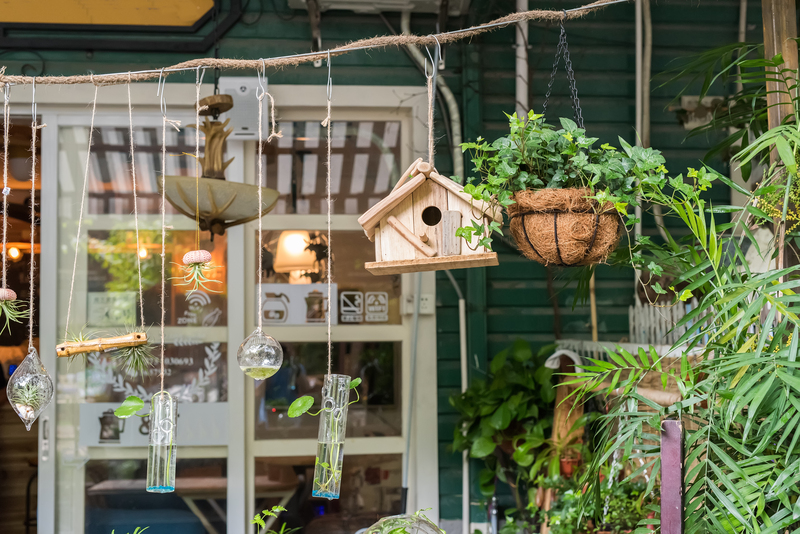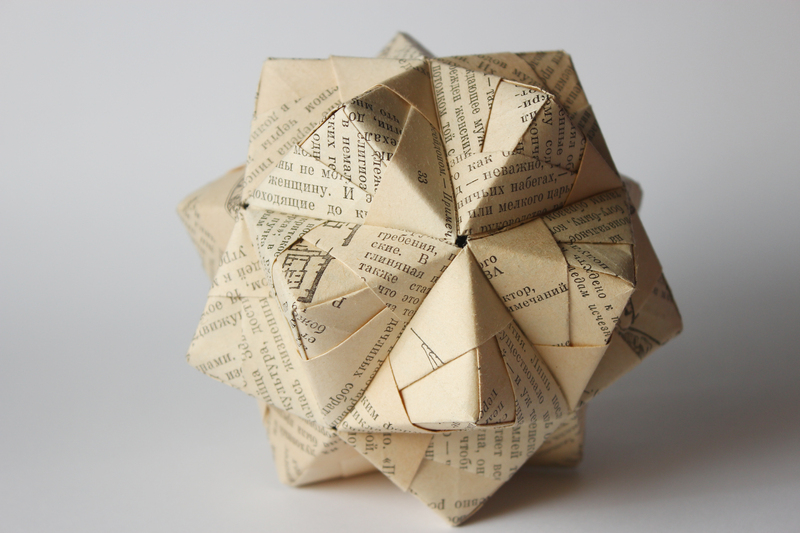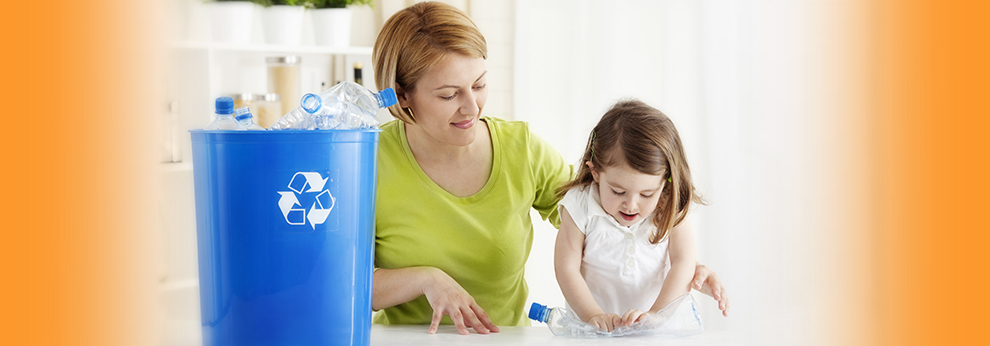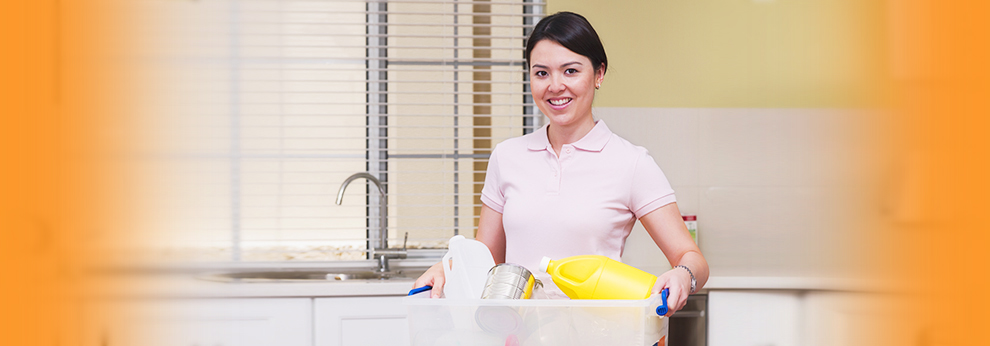Smart Recycling Strategies for Unwanted Pots and Pans
Posted on 17/09/2025
Smart Recycling Strategies for Unwanted Pots and Pans
Upgrading your kitchen or decluttering old cookware? This comprehensive guide explores smart recycling strategies for unwanted pots and pans -- ensuring your cookware is disposed of responsibly, sustainably, and with creativity.
Why Recycle Pots and Pans Responsibly?
Every year, thousands of households replace worn-out pots and pans. Unfortunately, old cookware often ends up in landfill where it takes years to break down, contaminating soil and water. Recognizing the environmental impact, it's vital to seek eco-friendly ways to recycle pots and pans. Not only do these strategies help you declutter, but they also protect the planet and support circular economies. This article provides everything you need to know about disposing of unwanted cookware sustainably.

Understanding Cookware Materials -- What Are Pots and Pans Made Of?
Before recycling or repurposing, it helps to identify the material composition of your cookware. The most common materials include:
- Stainless Steel: Durable, corrosion-resistant, and 100% recyclable.
- Aluminum: Lightweight and one of the most commonly recycled metals.
- Copper: Valued for its conductivity and recyclability.
- Cast Iron: Heavier but lasts decades--can be recycled as scrap metal.
- Non-stick Coated (Teflon, Ceramic, etc.): Often requires special handling due to surface coatings.
Knowing your pan's materials ensures you choose the right pot and pan recycling method.
How to Prepare Pots and Pans for Recycling
Proper preparation maximizes the chance that your unwanted pans and pots are accepted for recycling:
- Clean Thoroughly: Remove all food debris, grease, and residue.
- Remove Handles/Plastic Parts: Some recycling centers require removing non-metal elements.
- Check for Screws and Lids: These may be made of different materials and could need to be separated.
- Inspect Non-Stick Coatings: If the surface is degraded or peeling, special recycling (or disposal) may be necessary.
Tip: If a pan is in good condition, consider donating or repurposing before recycling.
Can You Place Pots and Pans in Household Recycling Bins?
Most household curbside recycling programs do not accept pots and pans due to their size, weight, and mixed materials. Placing them in your blue bin can cause issues at recycling facilities, leading to contamination and damages.
Instead, use these smart recycling strategies for unwanted pots and pans:
- Find a local metal recycling center or scrapyard.
- Check if your city's special waste collection events accept cookware.
- Contact the pan manufacturer--the brand may have a take-back or recycling program.
- Bring them to a household hazardous waste facility if they contain Teflon or other coatings.
Metal Recycling Centers and Scrap Yards
Metal recycling facilities welcome aluminum, stainless steel, copper, and cast iron cookware. Follow these steps for responsible pan and pot recycling:
- Locate your nearest recycling drop-off using resources like Earth911.com or your municipality's website.
- Sort pans by material--scrap yards pay different rates for metals.
- Remove all non-metal components and ensure items are clean.
- Ask staff if non-stick or enameled cookware is accepted; some facilities decline these due to the coatings.
Pro Tip: Recycling pans and pots at scrap yards often nets a small payout based on metal weight--give your old cookware a second life and earn a little in the process!
Cookware Brand Take-Back & Recycling Initiatives
With growing eco-awareness, several cookware brands have launched recycling or trade-in programs. These help you get rid of unwanted pots and pans responsibly and sometimes reward you with discounts on new products.
Popular Examples:
- TerraCycle + Calphalon: Old pots and pans (any brand!) can be mailed in for proper recycling.
- GreenPan: Offers trade-in and recycling programs for non-stick and ceramic cookware.
- Le Creuset: Some regional stores host recycling days or support charity cookware drives.
Check your brand's website for specific details. Manufacturer take-back is among the smartest recycling options for cookware.
Donation: Give Your Cookware a Second Life
If your pots and pans are still usable, donation is the most sustainable option. Help others while supporting waste reduction:
- Charity Shops: Goodwill, Salvation Army, or local thrift stores often accept gently used cookware.
- Shelters and Soup Kitchens: Community kitchens and shelters need quality cookware for serving food to those in need.
- Online Marketplaces: Post your unwanted pans on Freecycle, Facebook Marketplace, Craigslist, or Nextdoor.
- Community Centers or Schools: Often accept donations for culinary or arts programs.
Remember: Donated cookware should be clean and free from severe damage or heavy wear--no peeling non-stick surfaces or broken handles.
Creative Upcycling: Repurpose Old Pots and Pans
For those who love DIY projects and creative reuse, old cookware can be transformed into unique and functional items. Upcycling keeps materials out of landfill and adds character to your home.
Easy Upcycling Ideas:
- Garden Planters: Drill drainage holes in a pot or pan and add soil for herbs or succulents.
- Bird Feeders: Hang a saucepot from a tree for a rustic bird feeding station.
- Kitchen Wall Decor: Vintage pans make charming wall art--paint them or display them as they are.
- Serving Trays or Storage: Restore old trays or lids with new handles for serving or organizing.
- Candle Holders and Clocks: Turn shallow pans into centerpiece candle holders, or install a clock mechanism for a quirky kitchen clock.
How to Recycle Non-Stick and Coated Cookware
Non-stick pans require special handling because coatings like Teflon (PTFE) or ceramic can't be recycled in standard processes. Here's what to do:
- Contact Your Municipality: Ask if they accept non-stick or coated pans at household hazardous waste events.
- Manufacturer Programs: As mentioned above, some companies accept old non-stick cookware for proper recycling.
- Separate Material: If possible, remove metal components and recycle those parts.
Never burn or chip off non-stick coatings yourself. This releases toxins and is unsafe.
Environmental Benefits of Recycling Pots and Pans
Smart recycling and donation of unwanted pots and pans has big positive impacts:
- Reduces landfill waste and keeps metals in use.
- Conserves resources by minimizing raw material mining and manufacturing.
- Decreases pollution associated with landfill metals.
- Supports charitable causes and community initiatives.
- Encourages sustainable consumer habits and raises community awareness.
Frequently Asked Questions about Pots and Pans Recycling
Can I recycle pots and pans with burnt or damaged surfaces?
Yes--metal pans can still be recycled even if the surfaces are burnt or scratched, but ensure they are clean and free of non-metal material.
What should I do with cookware that has broken handles or missing lids?
Remove non-metal parts before recycling. Metal pieces can be dropped off at scrap yards; non-metal parts should be disposed of in regular trash unless recyclable.
Are ceramic-coated and glass pans recyclable?
Ceramic-coated metal pans should be recycled as scrap if the recycling center accepts them. Pure glass cookware generally can be recycled at glass facilities, but Pyrex and similar materials may require special handling.
How can I find a local recycling point?
Search online via Earth911 or your municipality's website for "cookware recycling near me."

Key Takeaways: Smart Recycling Strategies for Unwanted Pots and Pans
- Never place old pots and pans in curbside blue bins; seek special drop-offs or scrap yards.
- Donate usable cookware to charities, shelters, or online communities.
- Repurpose or upcycle pots and pans for home or garden applications.
- Use manufacturer programs for non-stick and brand-specific recycling needs.
- Clean items and separate materials before recycling for best results.
By adopting these kitchenware recycling solutions, you'll help build a cleaner, greener world--one pot and pan at a time!
Ready to Recycle Your Old Cookware?
Whether you have a single battered pot or a stack of unneeded pans, practice smart recycling strategies using the tips above. Share this guide with friends and family to promote good recycling habits in your community. Together, we can make kitchens--and the planet--more sustainable!



